*NURSING > MILESTONE > NR 392 Week 1 Course Project Milestone 1 (GRADED A) | 30out of 30 poiints. (All)
NR 392 Week 1 Course Project Milestone 1 (GRADED A) | 30out of 30 poiints.
Document Content and Description Below
Project Milestone 1 Directions: Prior to completing this template, carefully review Course Project Milestone 1 Guidelines paying particular attention to how to name the document and all rubric requ... irements. After saving the document to your computer, type your answers directly on this template and save again. This assignment is due by Sunday end of Week 1 by 11:59 p.m. Mountain Time. Your Name: Assignment Criteria Your Answers: NOTE: See Milestone 1 Rubric for details required in each area. Nursing Issue 30 points Medication error is defined by the NIH as “a failure in the treatment process that leads to, or has the potential to lead to, harm to the patient' (NIH.gov) Medication error has been a serious problem in the healthcare industry. Mistakes involving medications are among the most common health care errors. There different types of medication errors; failing to perform any of the 6 rights of medication administration can lead to medication error, cross sensitivity, wrong diagnosis etc. Medication error could sometimes generate from the prescriber, the dispenser, the manufacturer, monitoring of blood levels, educating patient correctly and administration. The nurses are usually the ones administering these medication directly to the patient, therefore is our responsibility to do last safety check before medication administration. Now there are certain instances where the nurse has no control over the error that is being made because they are not trained to identify the mistakes of the doctor or pharmacist. For example misdiagnosing a patient and giving the medications inappropriately and sometime pharmacy failing to recognize problems like cross sensitivity of certain medications given to the patient. Nurses have direct contact with patients daily and in the acute care setting, they are usually the ones administering these medications directly to the patients, and so that makes medication errors a big issue in nursing. Details of the Issue 45 points According to NIH, It has been estimated by the Institute of Medicine that medication errors cause 1 of 131 outpatients and 1 of 854 inpatient deaths (Nih.gov). When medication error occurs a lot of people are held responsible for the mistake, especially the nurses who are suppose to be performing the last check prior to administration. Medication errors can and has had a wide range of effects on patients. The effects of medication error ranges from nothing happening to the something as serious as death of the patient. Even though they have been significant improvement with prevention of medication errors, there are still serious errors being made by members of the care team. Is no denying fact that acute care facilities have taken great steps to prevent medication errors from occurring, such as the electronic medication record which is linked to the pharmacy, scanning patients wrist band before giving medications, having two nurses verify certain medications, pharmacy reviewing PT/INR and ordering Coumadin on a daily basis etc. As nurses we are trained to review lab results, diagnostic results, and patient’s diagnosis and also understand why certain medications are prescribed for patients before administering the medication. Sometimes the nurses fail to do so and encounter the possibility of a medication error. We had a situation where a patient INR was 3.1 and patient was on 5mg of Coumadin, the INR goal for the patient was 2-3. The pharmacist made a mistake and orders 3mg of Coumadin but fails to discontinue the 5mg making it a total of 8mg. The nurse failed to question the order, administer the 8mg and the next INR was 4.8. Although the pharmacy made an error, the nurse administering the mediation was held accountable as well for not reviewing the labs and questioning the order. This example goes to emphasize the fact that, although we have certain measures put in place, it is very essential for nurses to follow the 6 rights of medication administration and review labs results before giving any medications. My facility has put forward a series of measures to try and decrease the amount mediation error that occurs. We have access to the patient’s medication record for their community pharmacy. This enables us view the medication the patient is on, compare it with the home list the patient brought in and ask question if we have any doubts. It eliminates the problem of missed doses and wrong prescription by the provider. The hospital discourages the use of home medications. We ask their loved ones to take their medications back home after comparing the bottles to their home list. The only exception to this is, if the patient is taking a medication that is in not in our pharmacy formulary, then the pharmacy has to verify the medication, label it with a barcode and the nurses must lock it up in the medication drawer and administer it to the patient as directed until discharge. Two nurses have to verify insulin prior to administration as well as heparin drip. All medications that are not scanned are reported to the manager at the end of the month an each nurse need s to score 98% scanning rate or above. All medications entered has to be verified by the pharmacy before it could be pulled out of the pyxis or administered to patients. Reporting the errors as soon as you realize it can produce a better outcome for the patient. For example mistakenly administering 60units of short acting insulin instead of long acting insulin to a patient needs to be reported right away or it might be detrimental to the patient’s life. I will encourage my colleagues to talk to patient about their home medication regimen on admission and question any orders if they have doubts. If any errors occur, I will encourage the staff to report it in a timely manner and not hide it. Creating a non punitive environment for staff could encourage staff to report the issue without fear of been punished. Reason Issue Selected In the acute care setting that I work in, I have seen so many mediation errors stemming from different levels of the care team. I recently witnessed an 25 points actual medication error which thankfully did not cause any harm to the patient. Two months ago, I had a patient that was misdiagnosed by the Radiologist for having a blood clot in the pelvis. The patient was started on Coumadin/Lovenox bridge because her INR was 1.0. She was getting 60mg of Lovenox twice daily and Coumadin 5mg daily which was subjected to change based on the daily PT/INR. The Coumadin went as far up as 10mg. The patient goal was to bring the INR between 2-3. The PA was assigned to the patient for the first 5 days after her diagnosis. On the 4th day when a doctor took that assignment, he questioned the MRI results based on the images he reviewed. The Radilogist was called and he was later concluded that the patient was misdiagnosed. So the patient did receive such high dosage of blood thinners for no apparent reason. The patient and her family were notified by the hospital. The patient daughter made it very clear she was taking legal actions against the hospital. The patient INR only came up to 1.8 thankfully. In this situation, the medication error stems from the provider esp. the Radiologist who misdiagnosed the patient. I thought this particular incident actually highlighted the fact that medication error still occur in acute care settings even with several measures put in place to prevent errors from happening. Although the person who originated this error was the diagnosing doctor, so many people were held accountable. The radiologist, the prescriber, the nurses who administer the medication. REFERENCES: https://learn.ana-nursingknowledge.org/products/Preventing-High-Alert-Medication-Errors-in- Hospital-Patients, Retrieved, October 2016. https://www.ncbi.nlm.nih.gov/pubmed/24981217, Retrieved, October 2016. [Show More]
Last updated: 1 year ago
Preview 1 out of 3 pages

Reviews( 0 )
Document information
Connected school, study & course
About the document
Uploaded On
Sep 13, 2021
Number of pages
3
Written in
Additional information
This document has been written for:
Uploaded
Sep 13, 2021
Downloads
0
Views
67

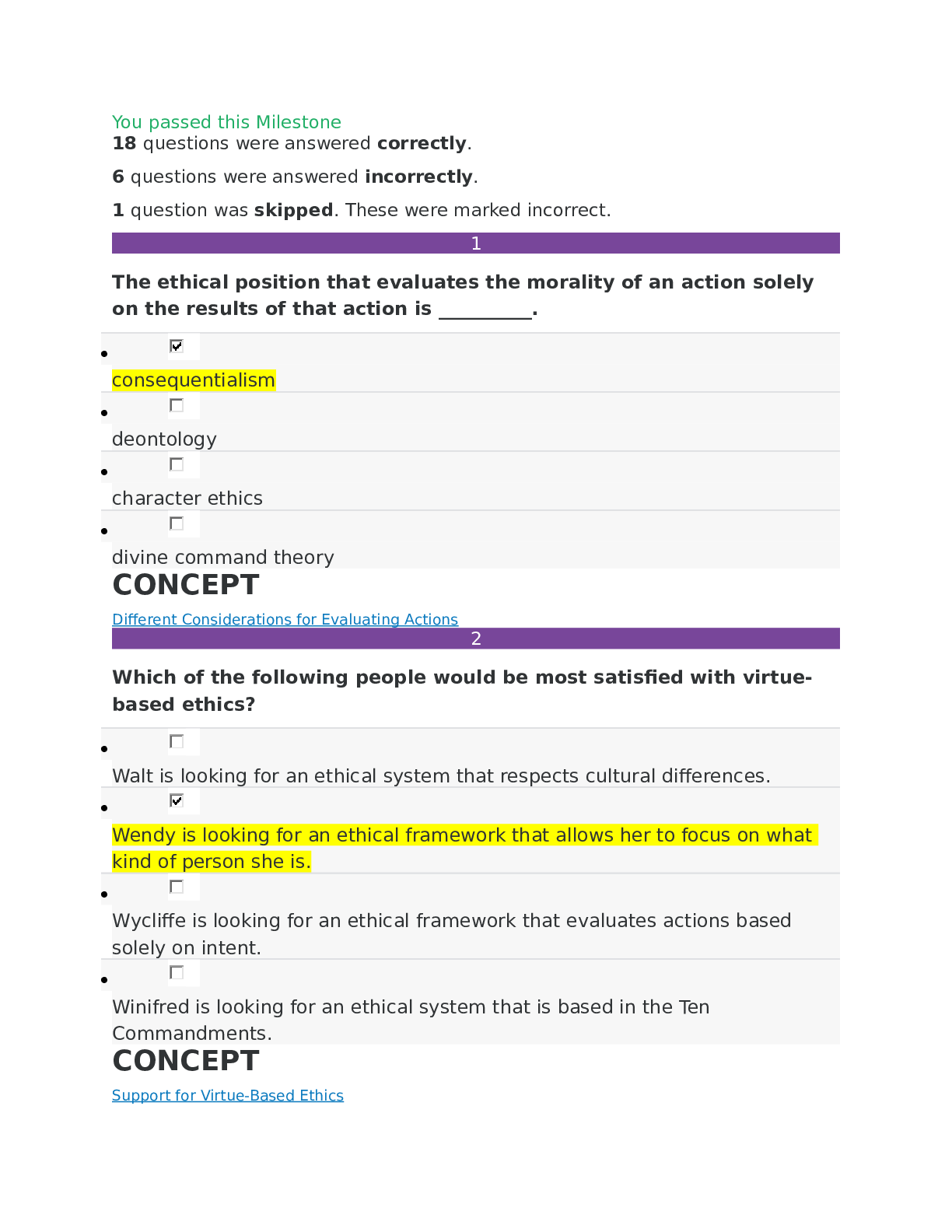
.png)
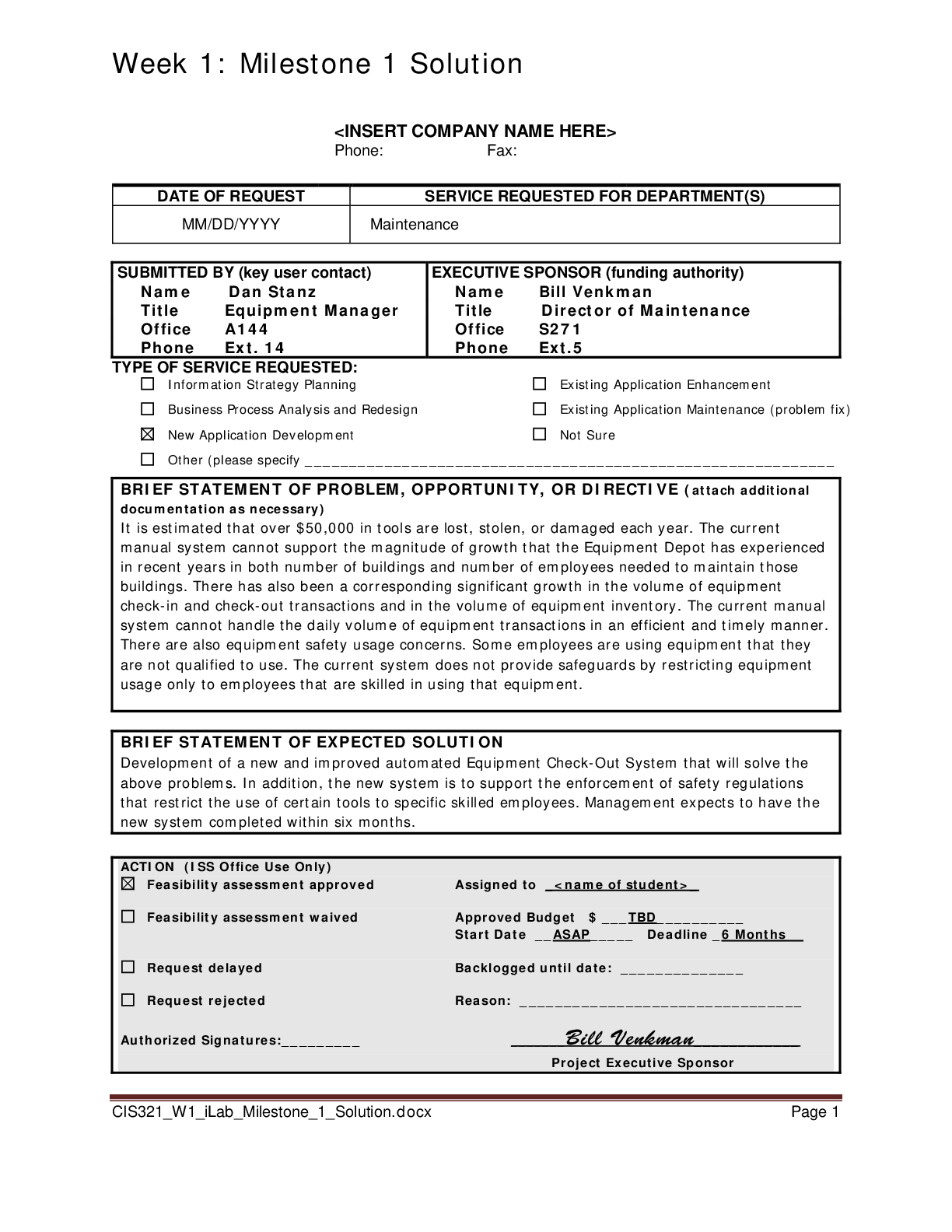
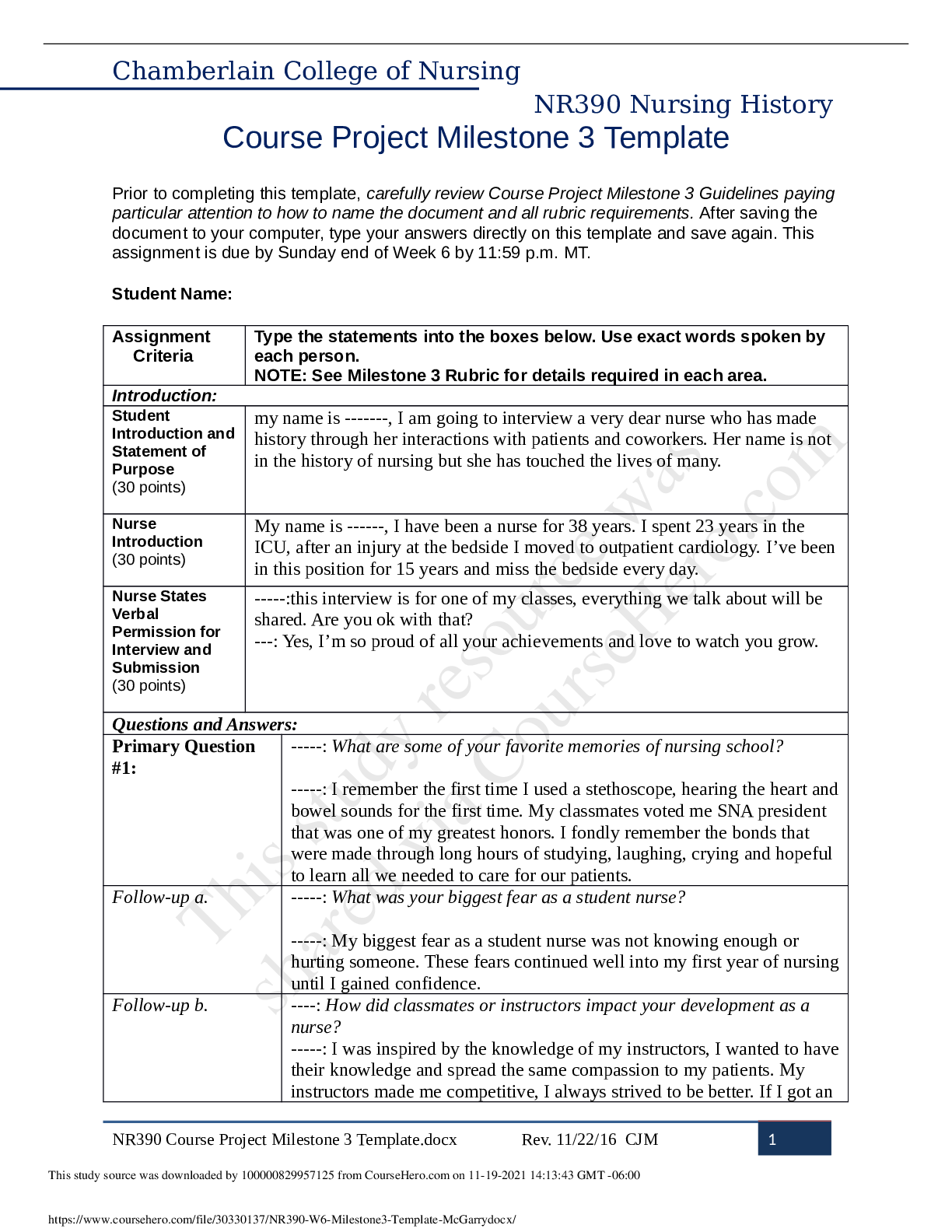
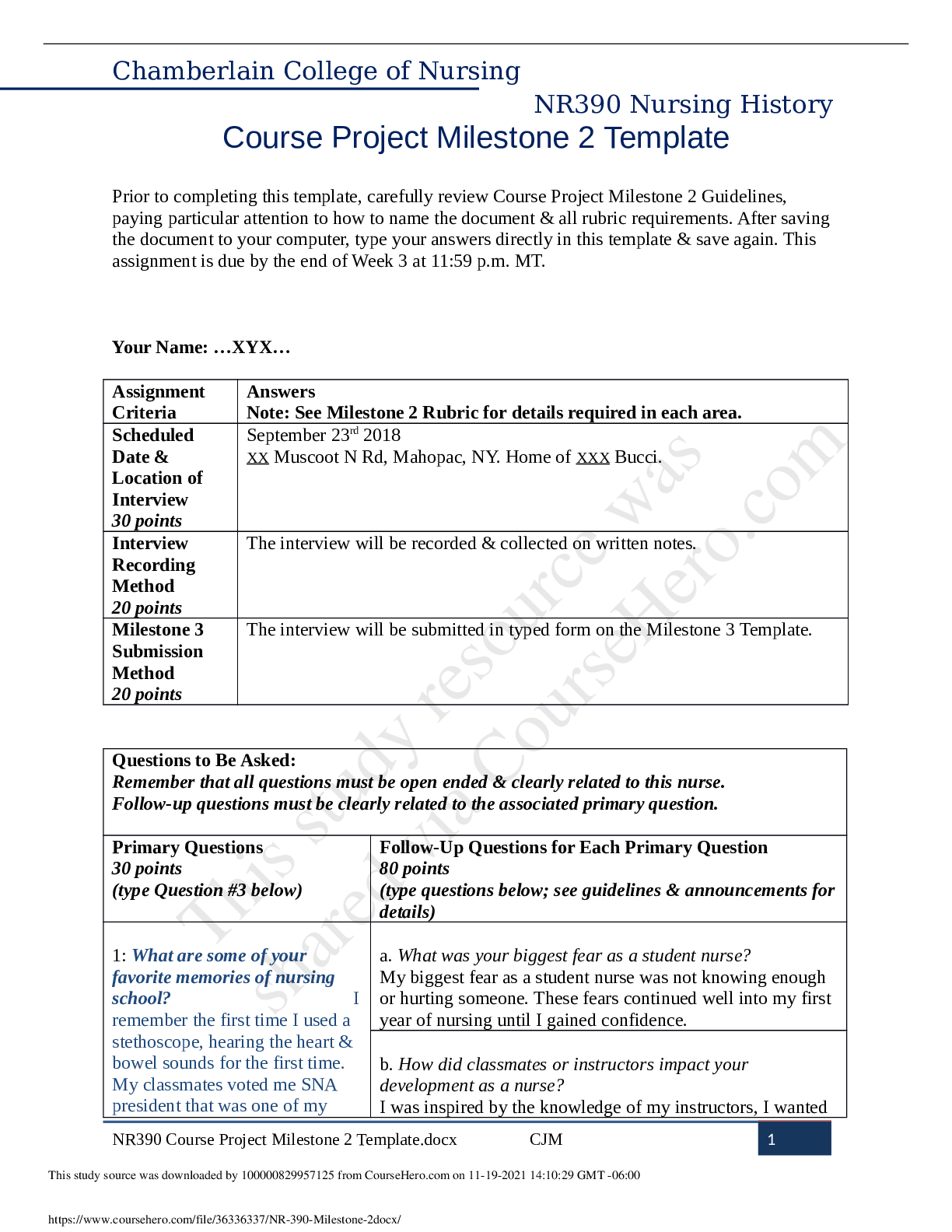
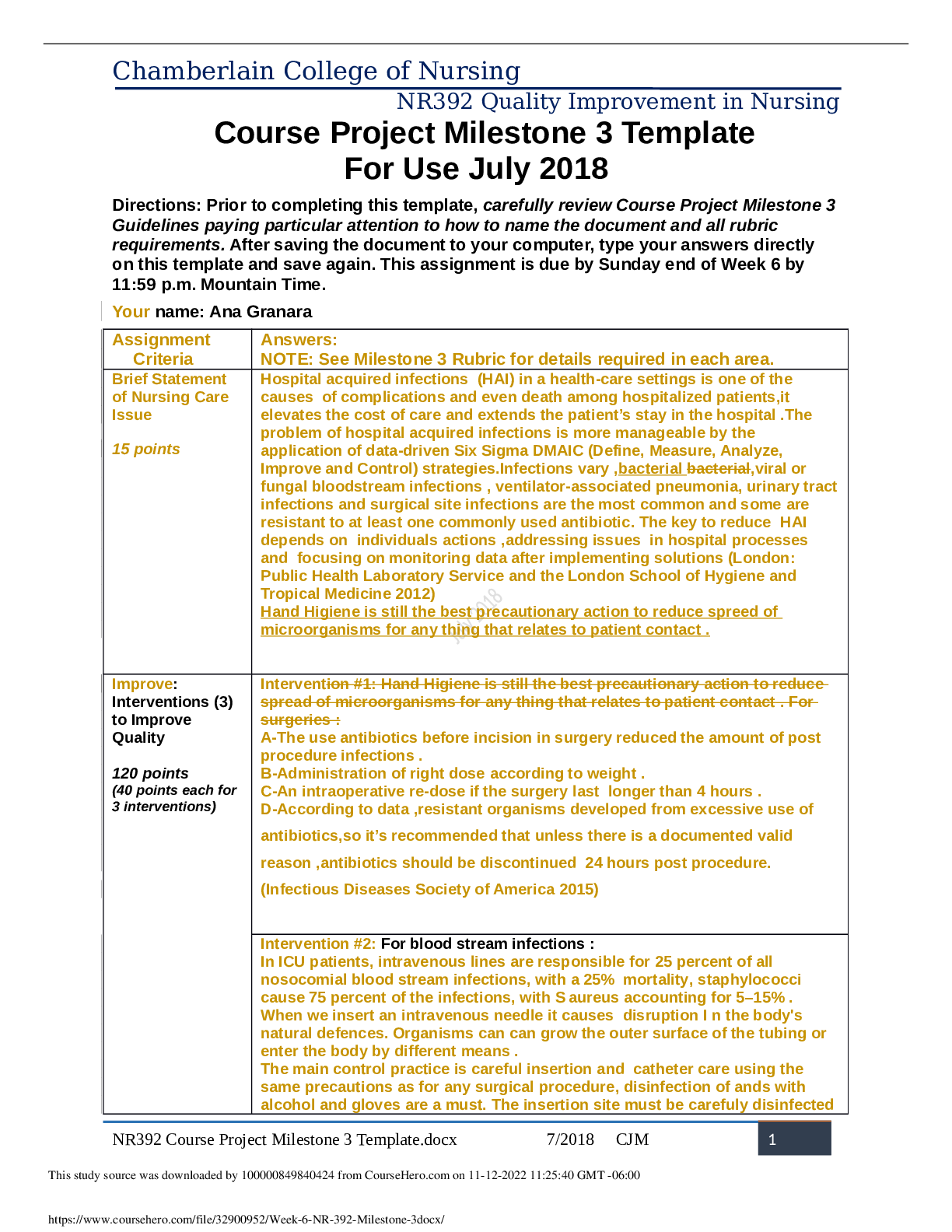
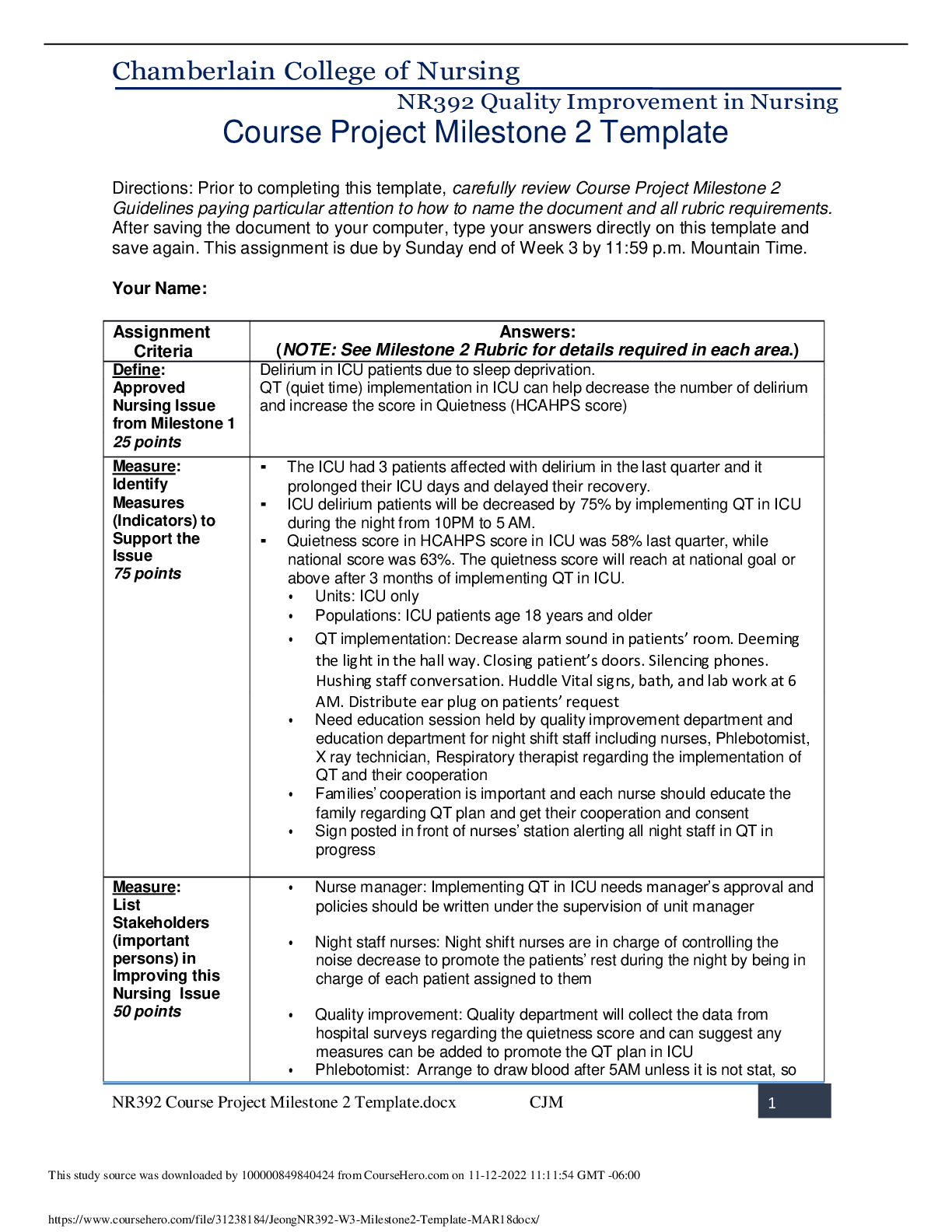
.png)
.png)
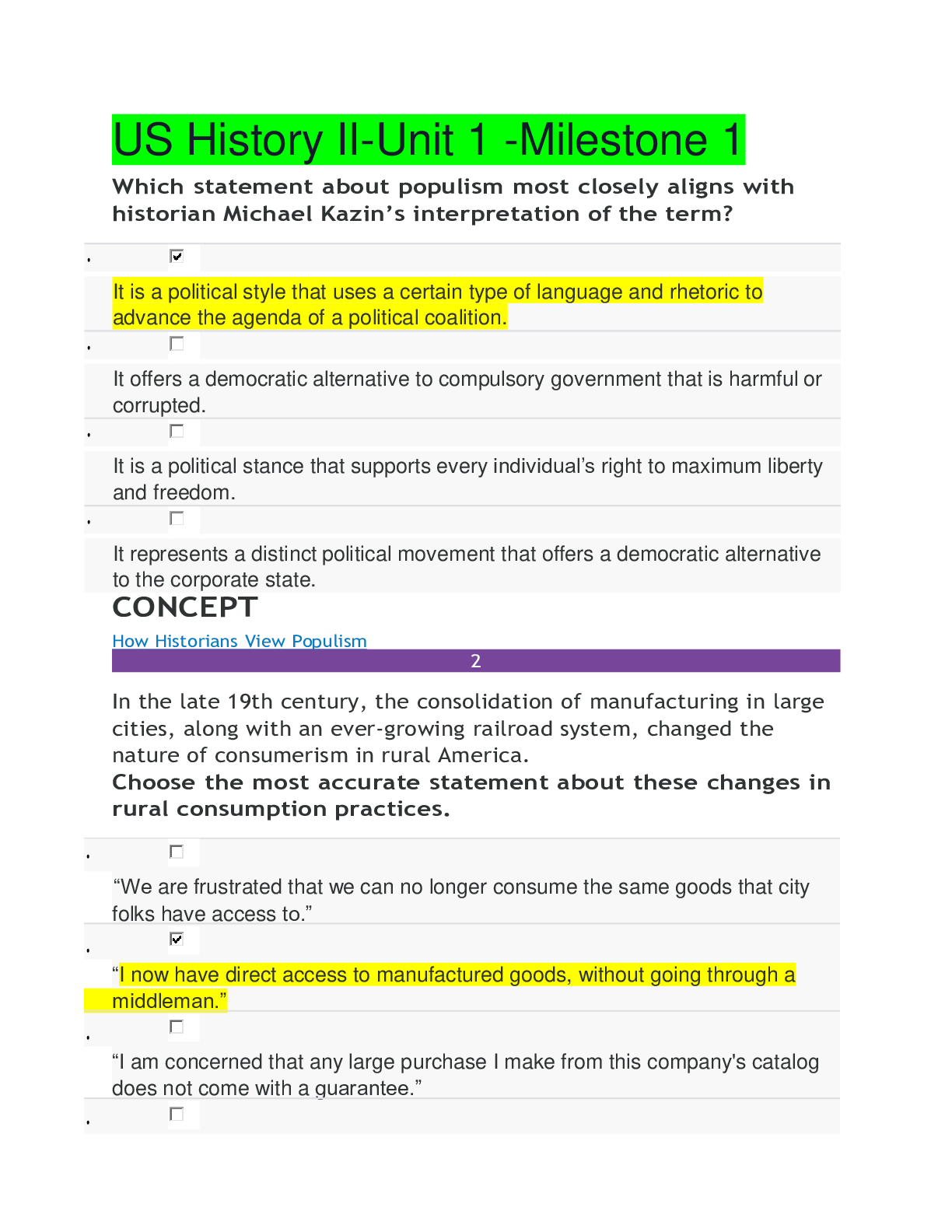

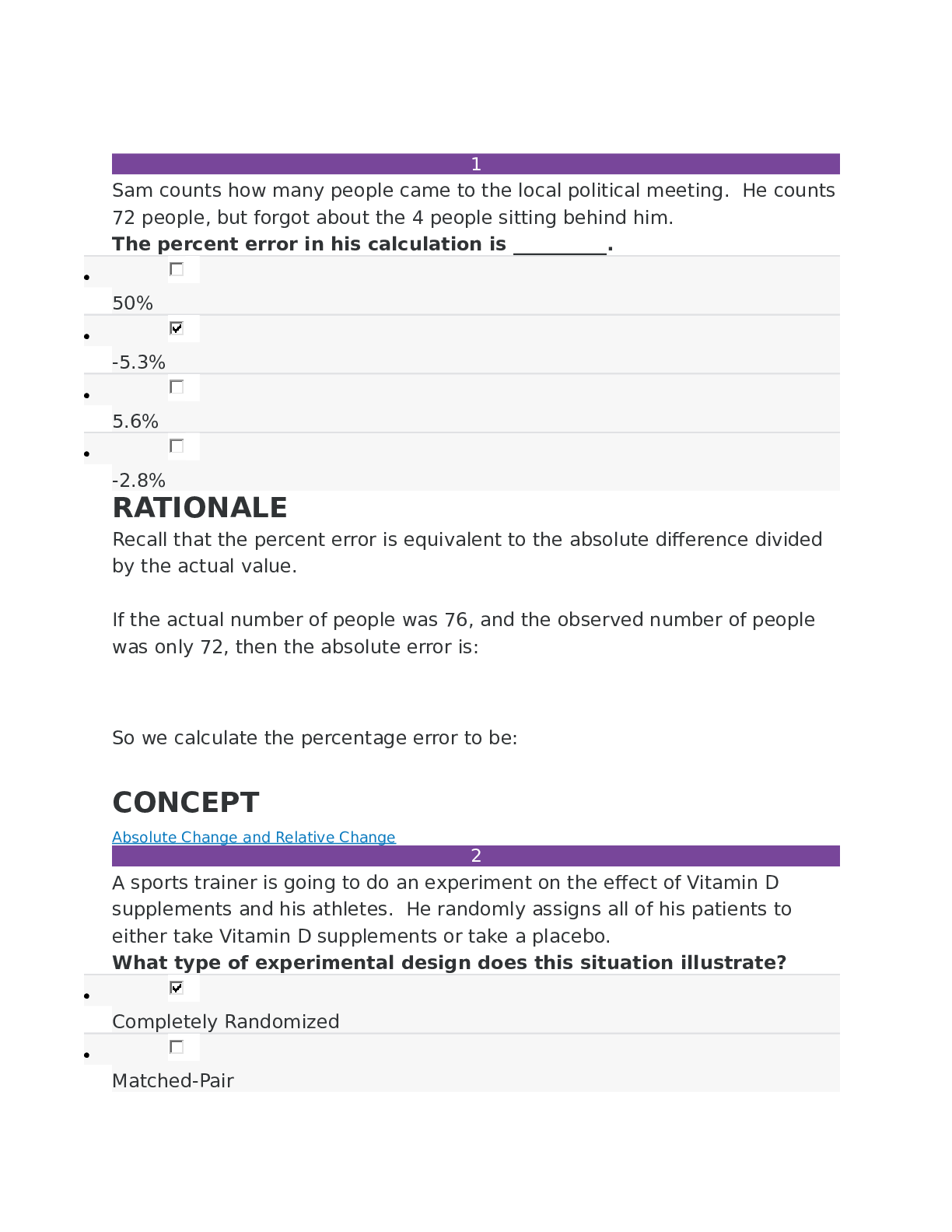
.png)
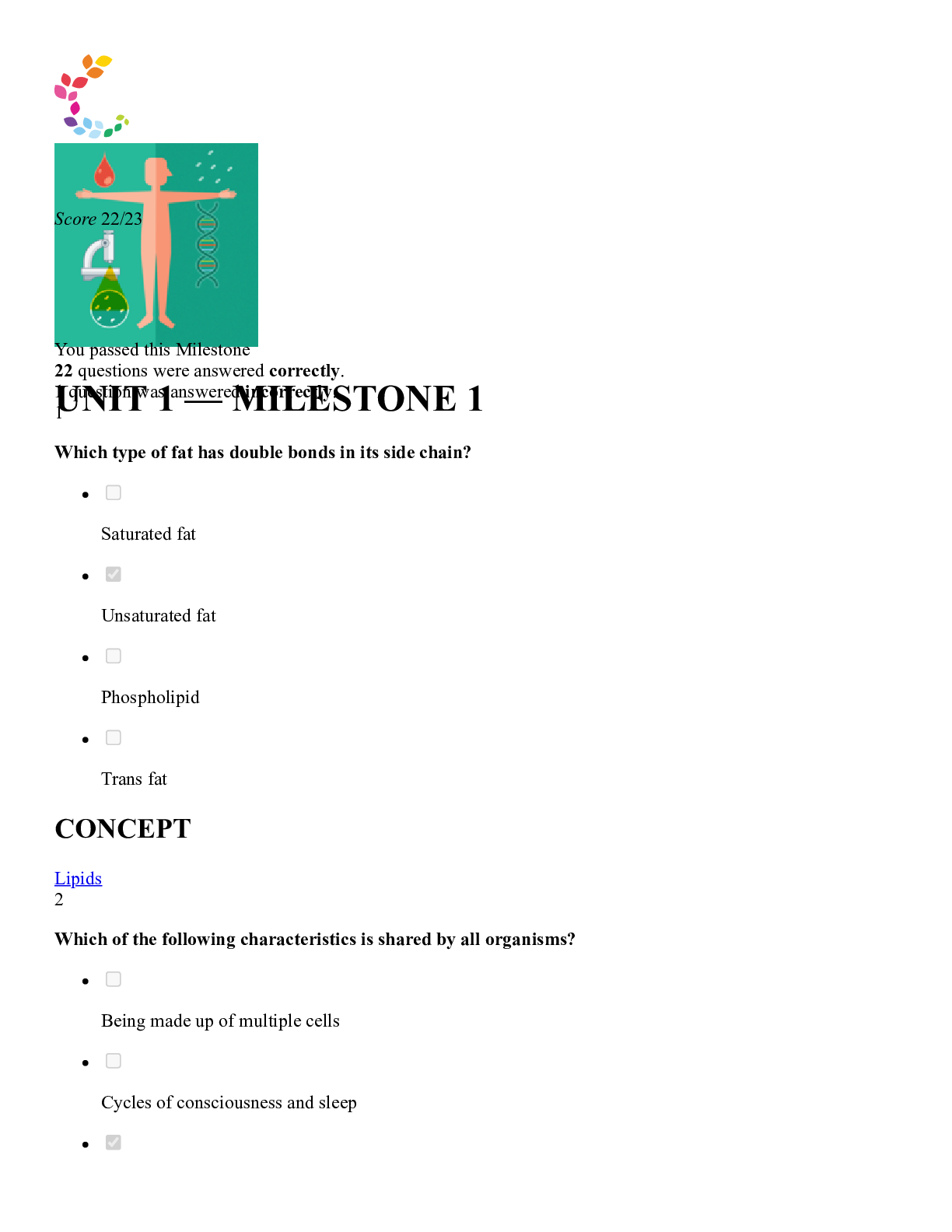
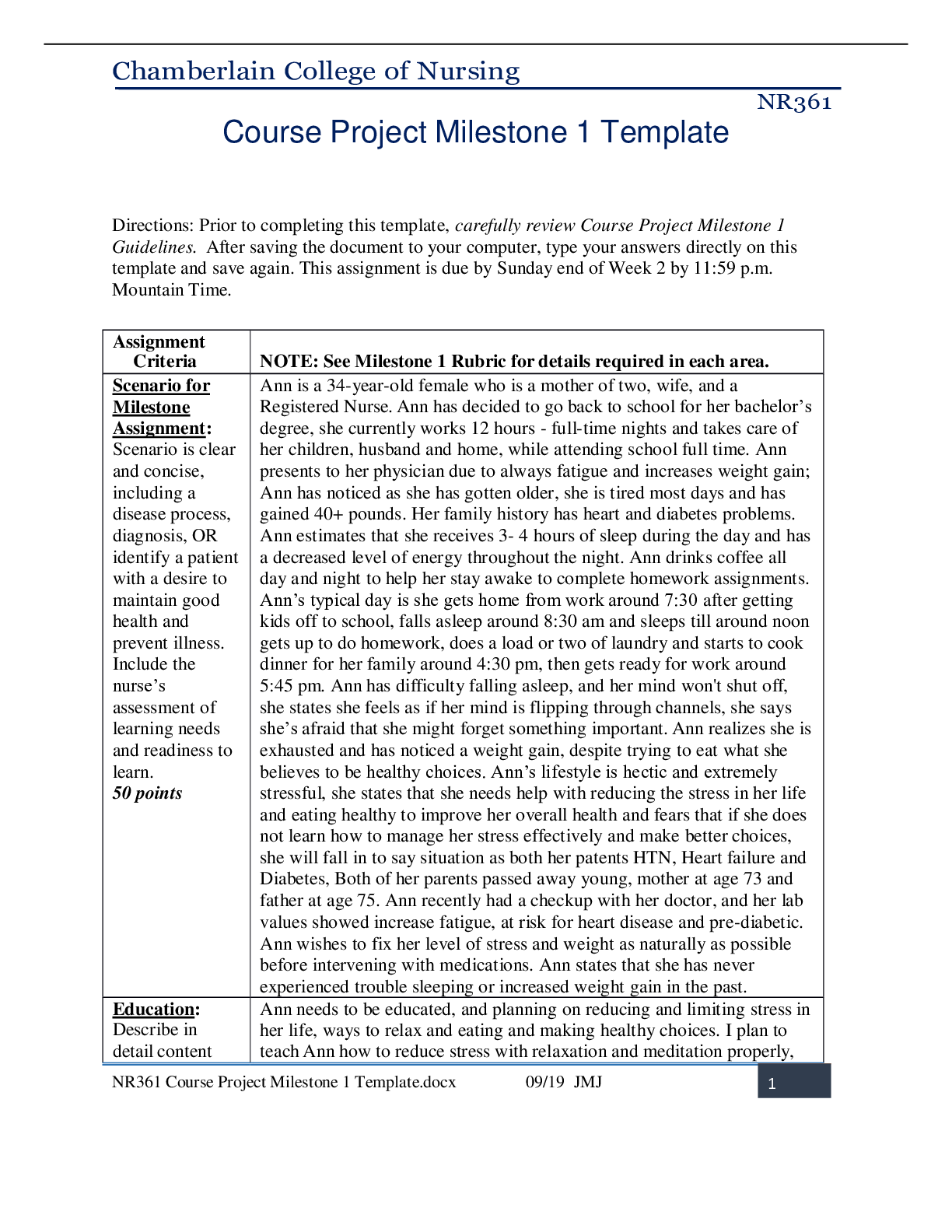
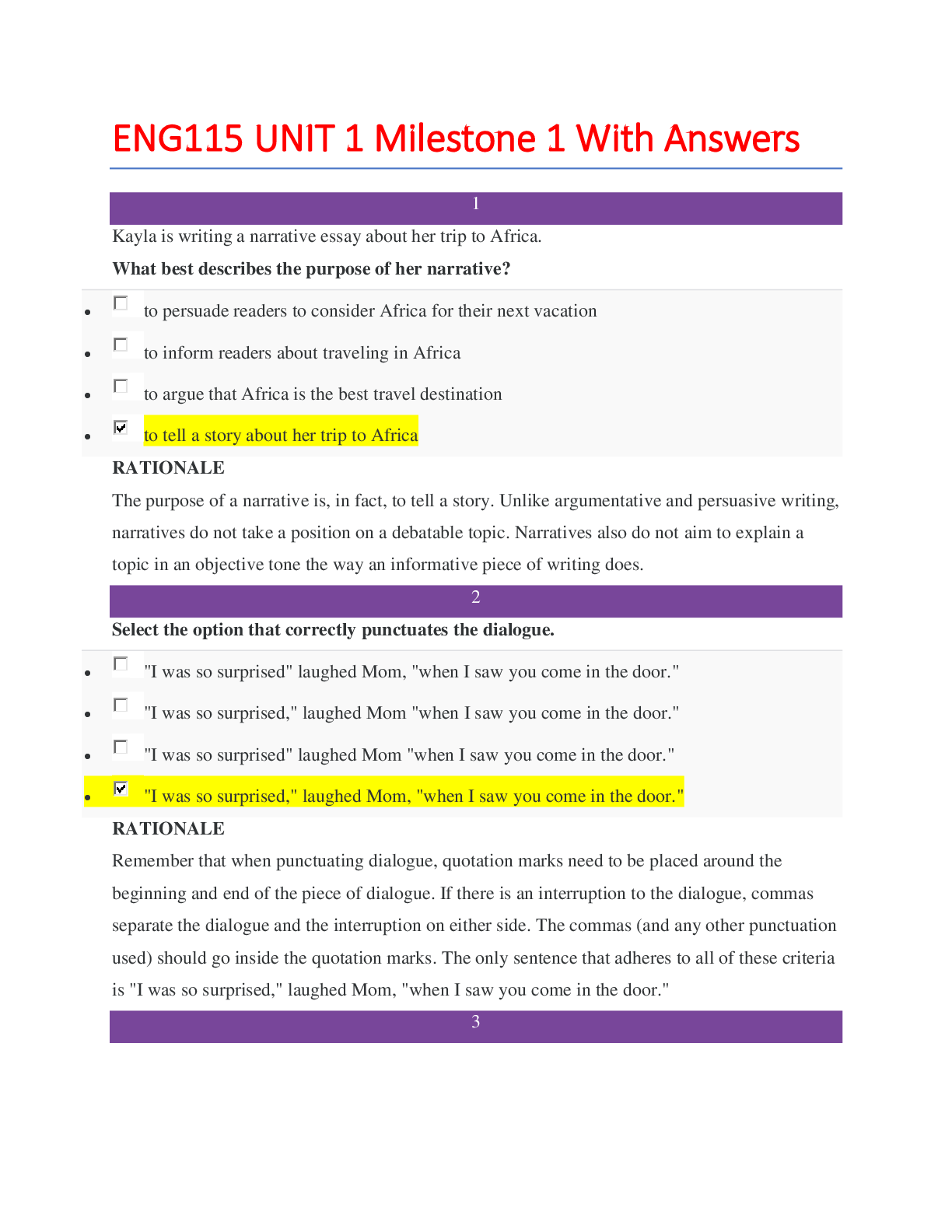
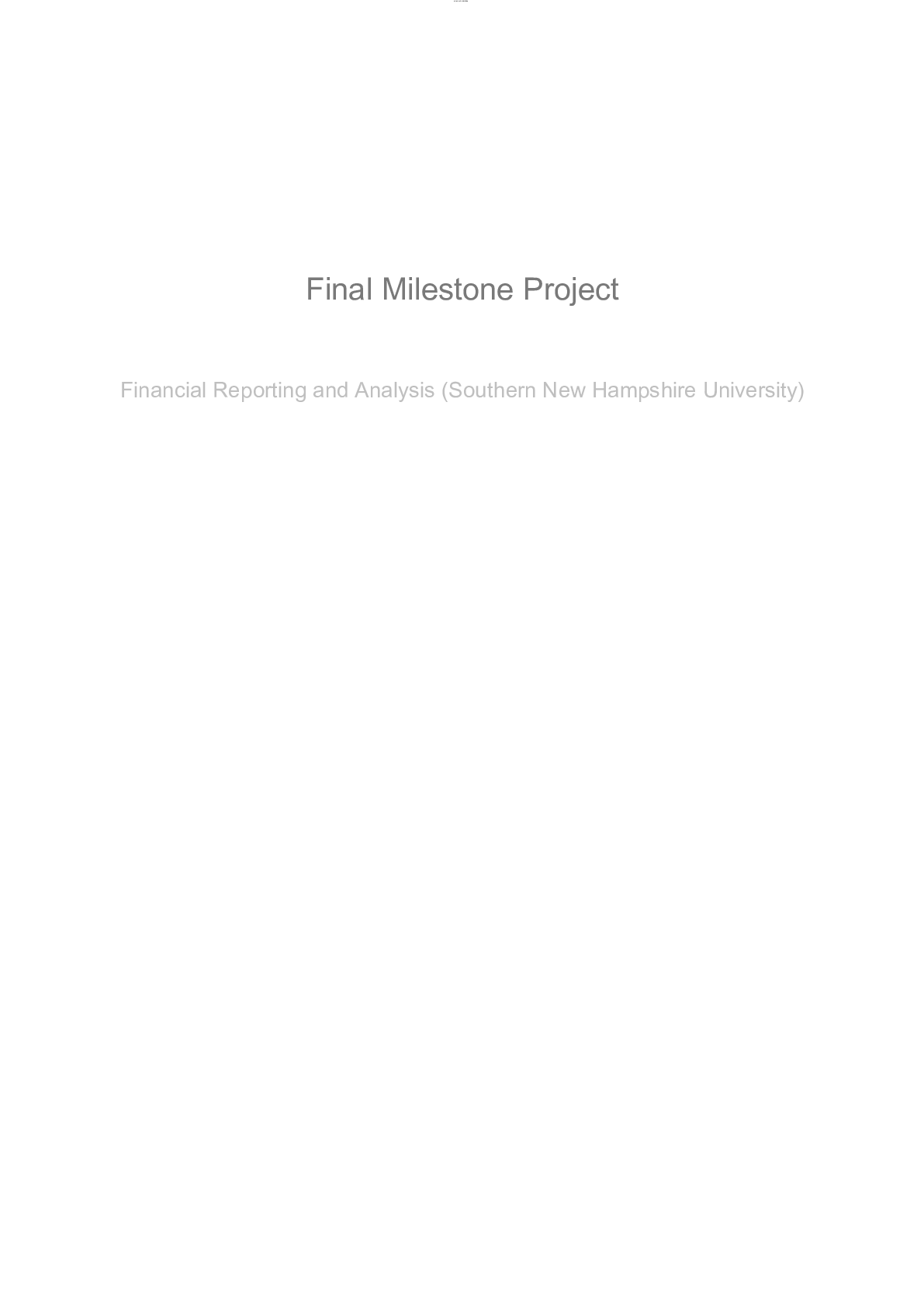
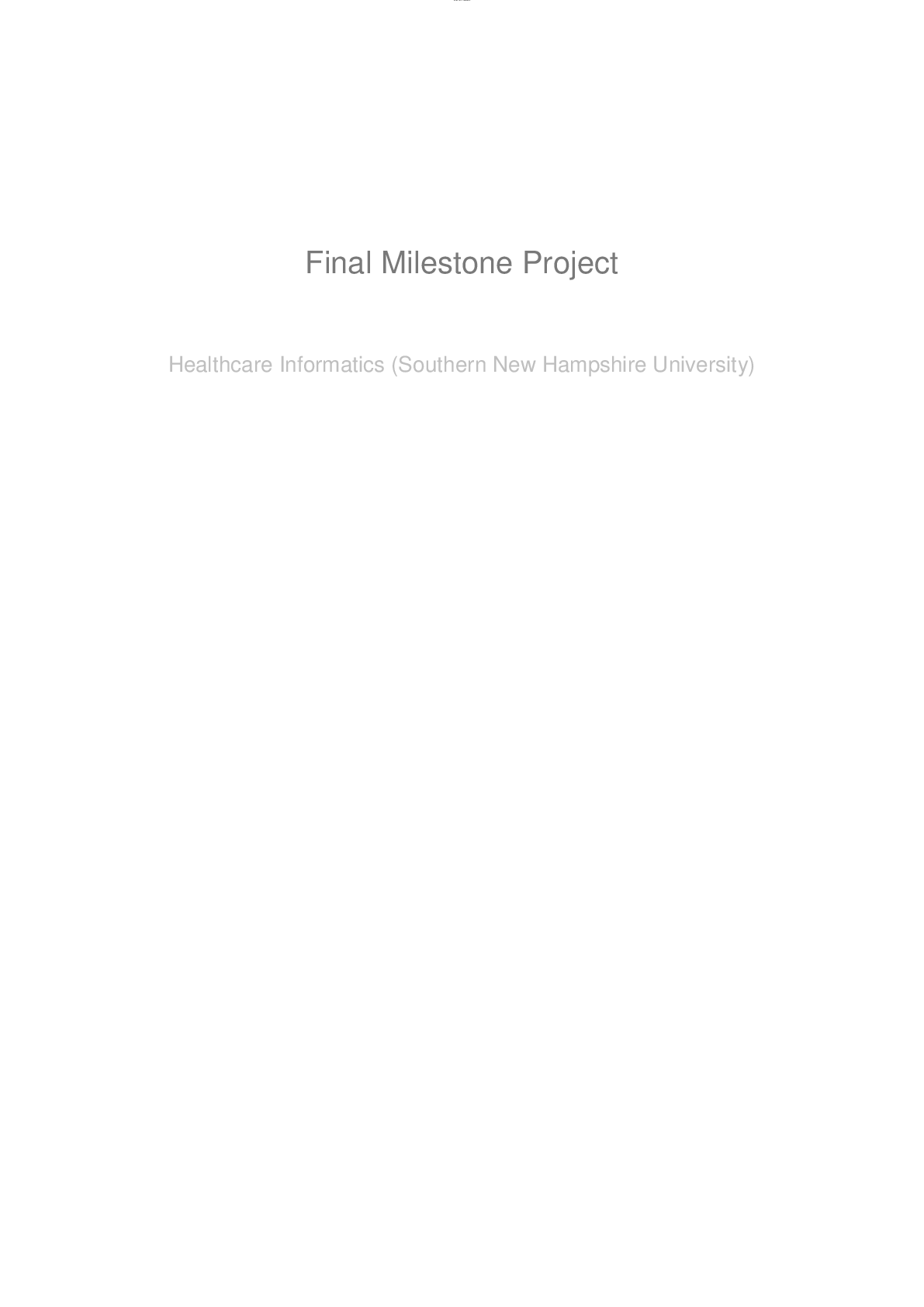
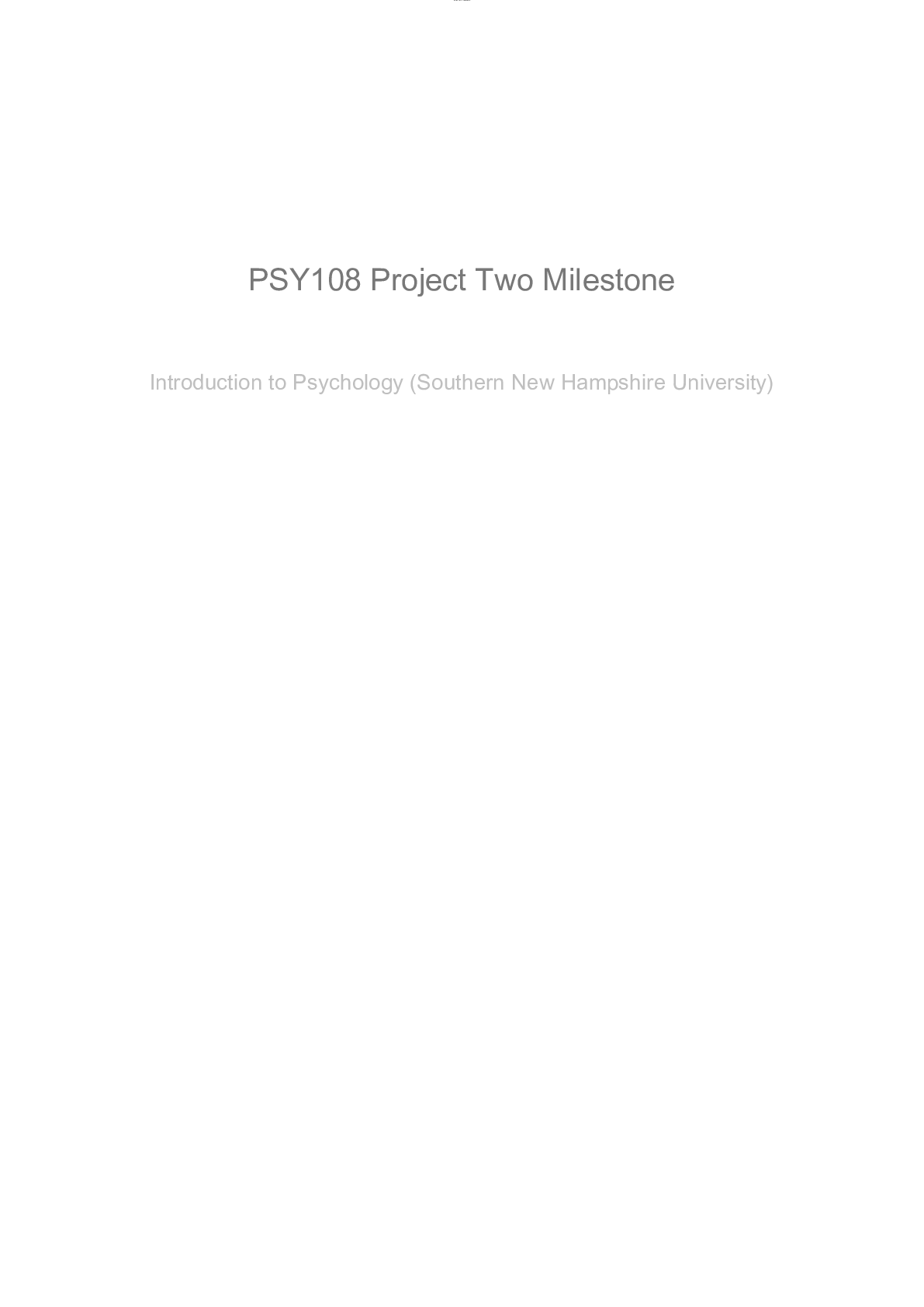
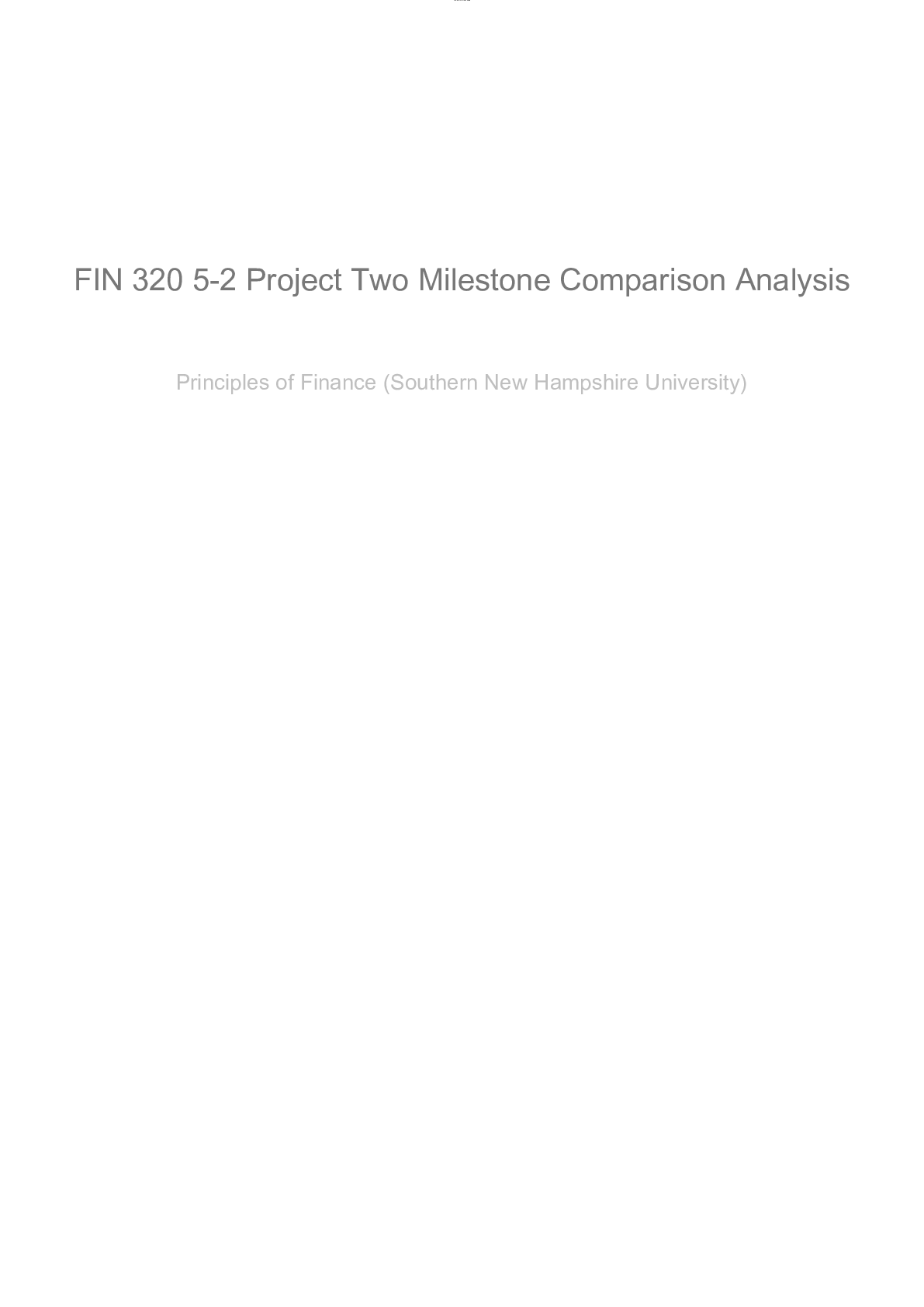
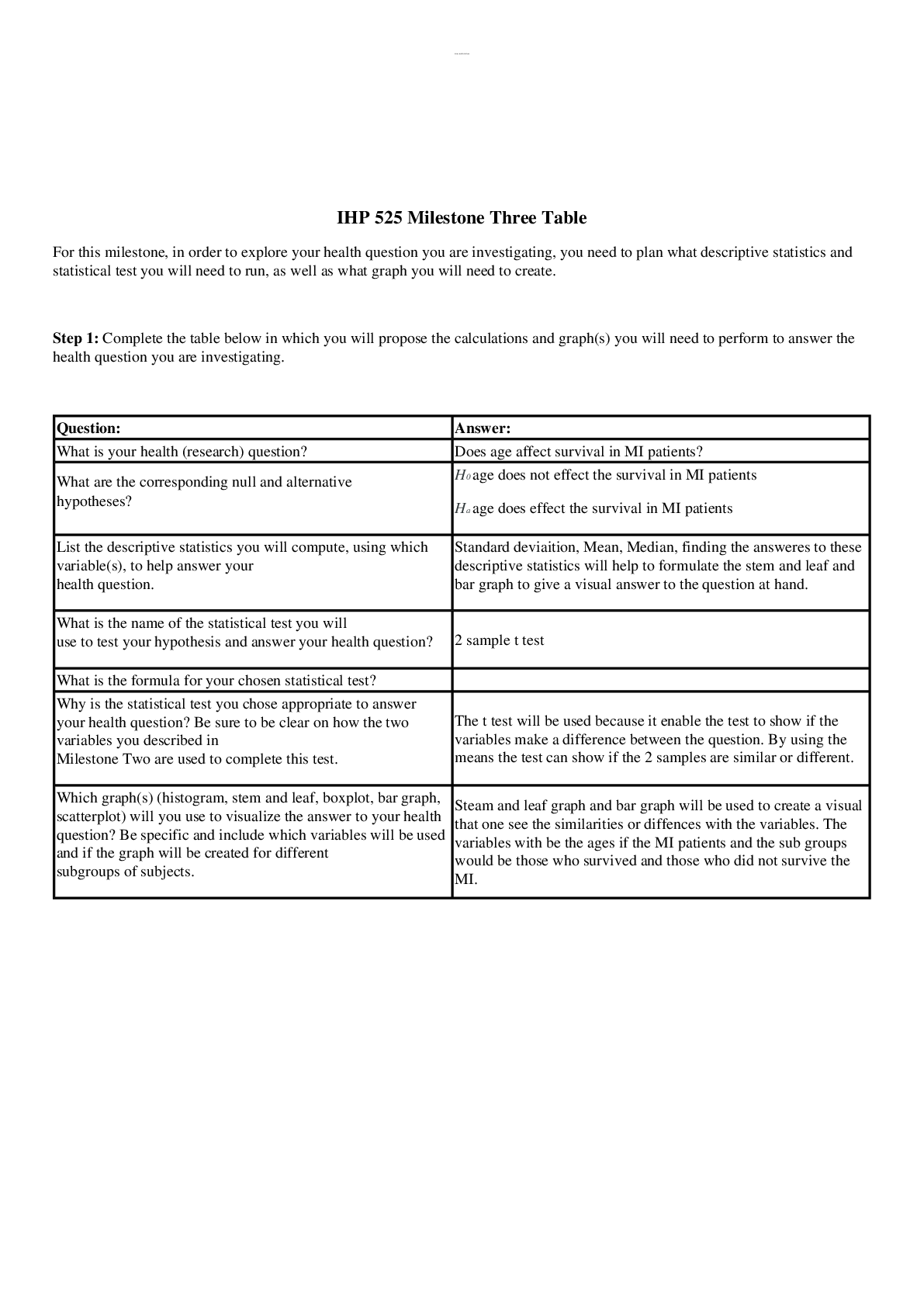
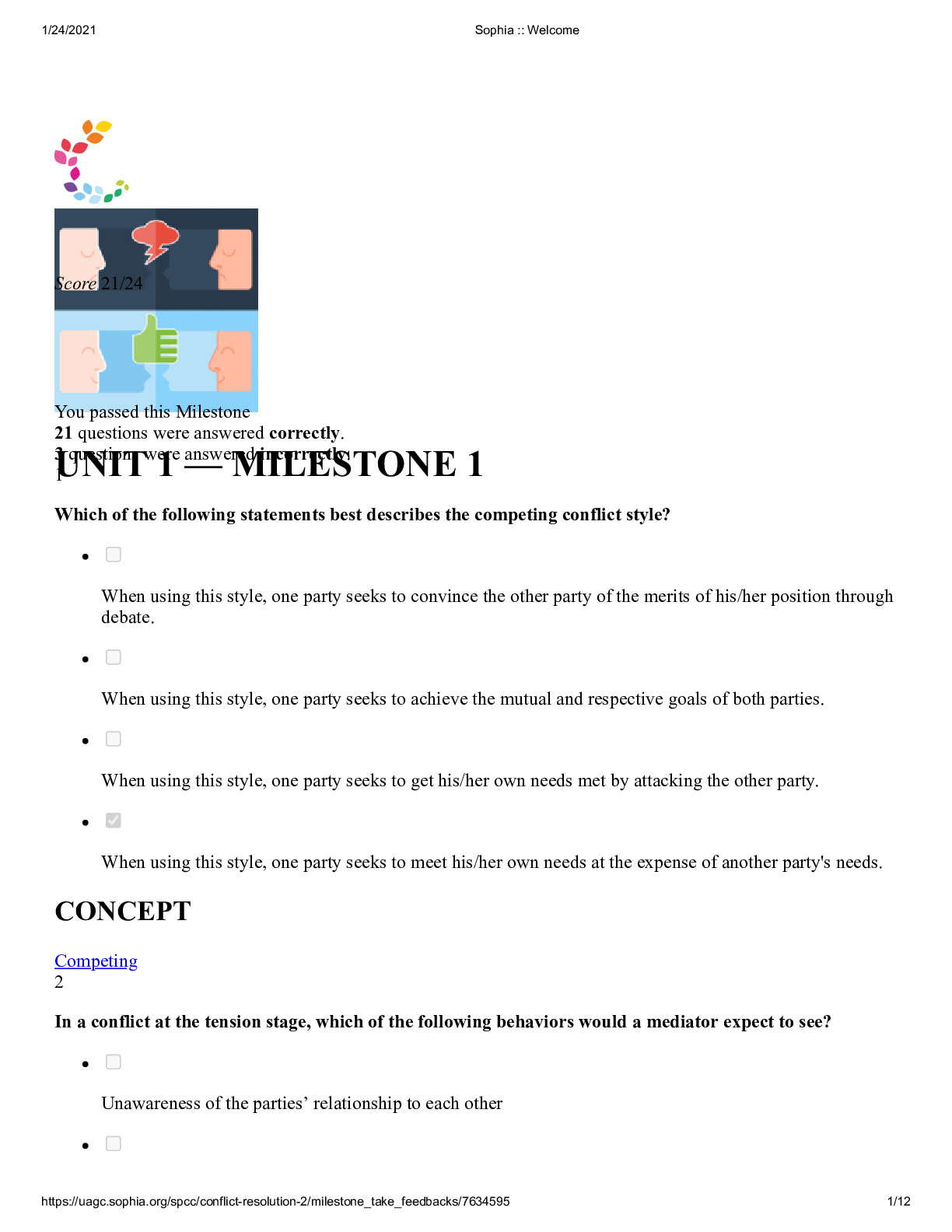
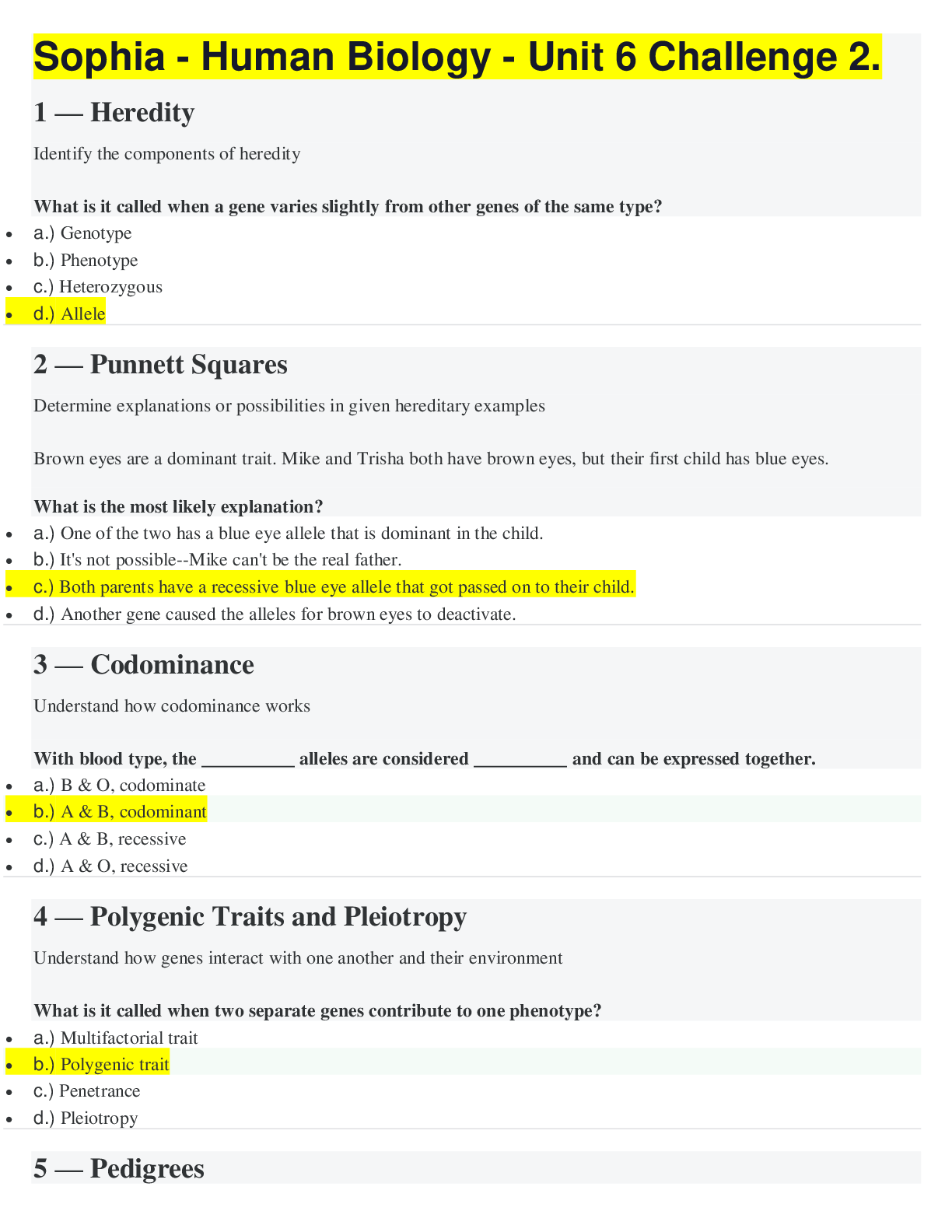
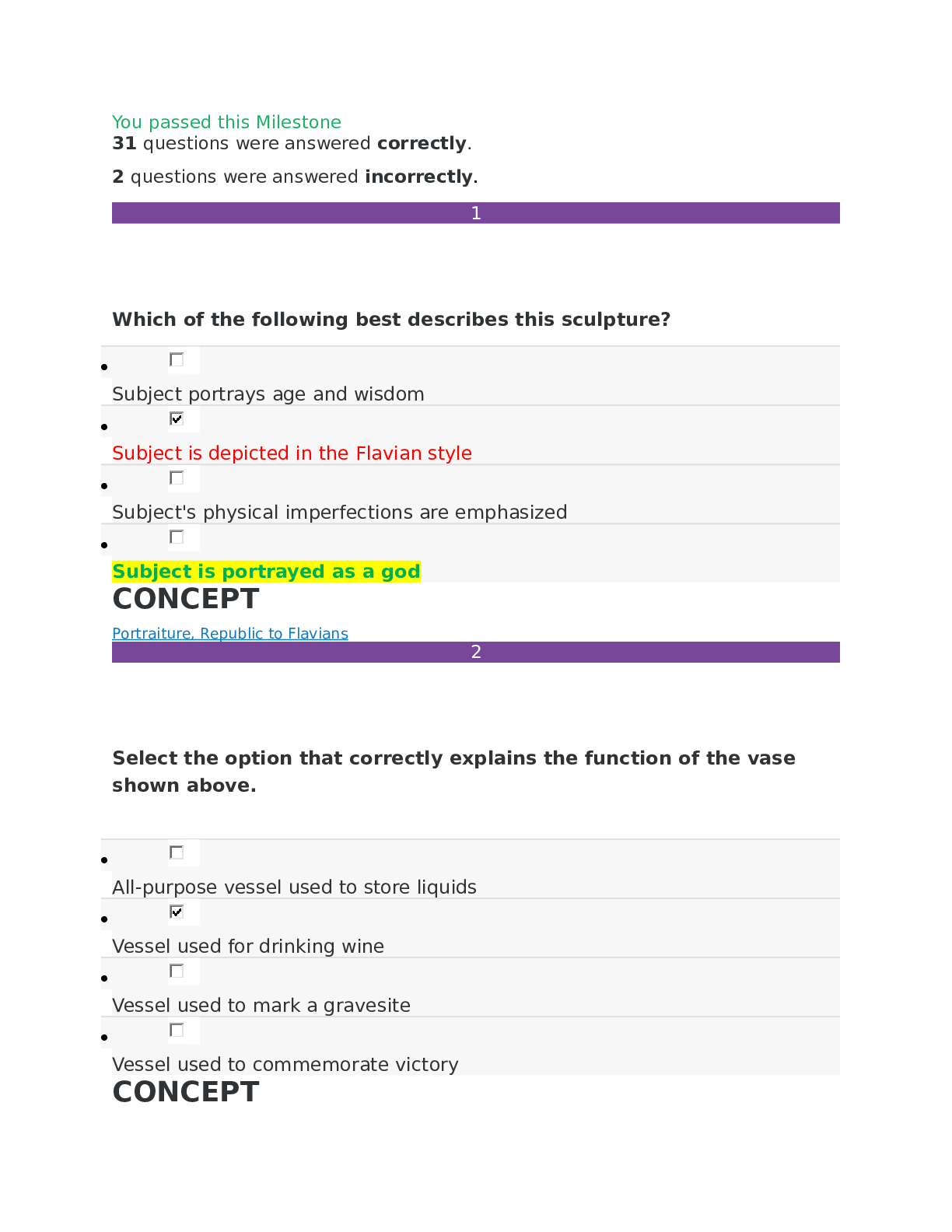

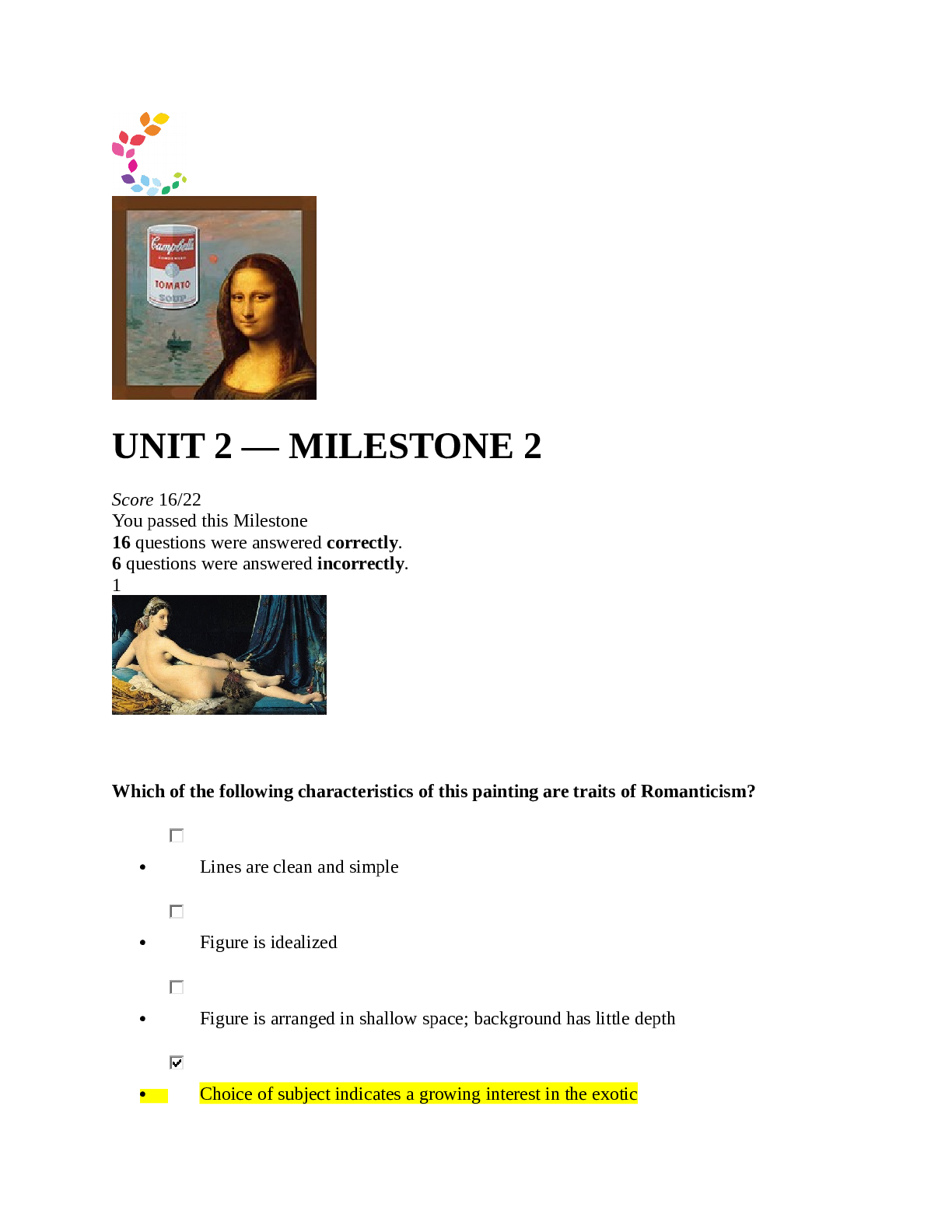
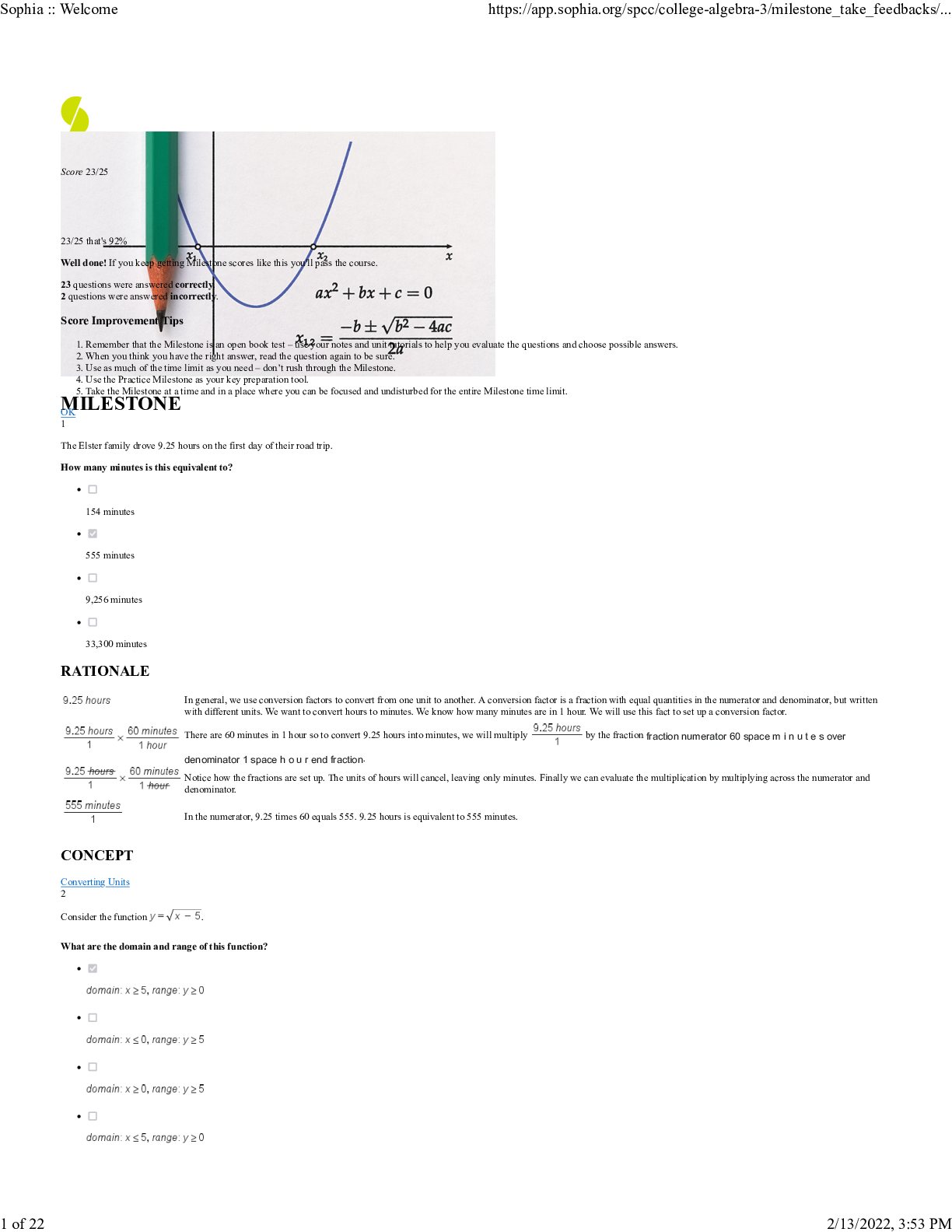
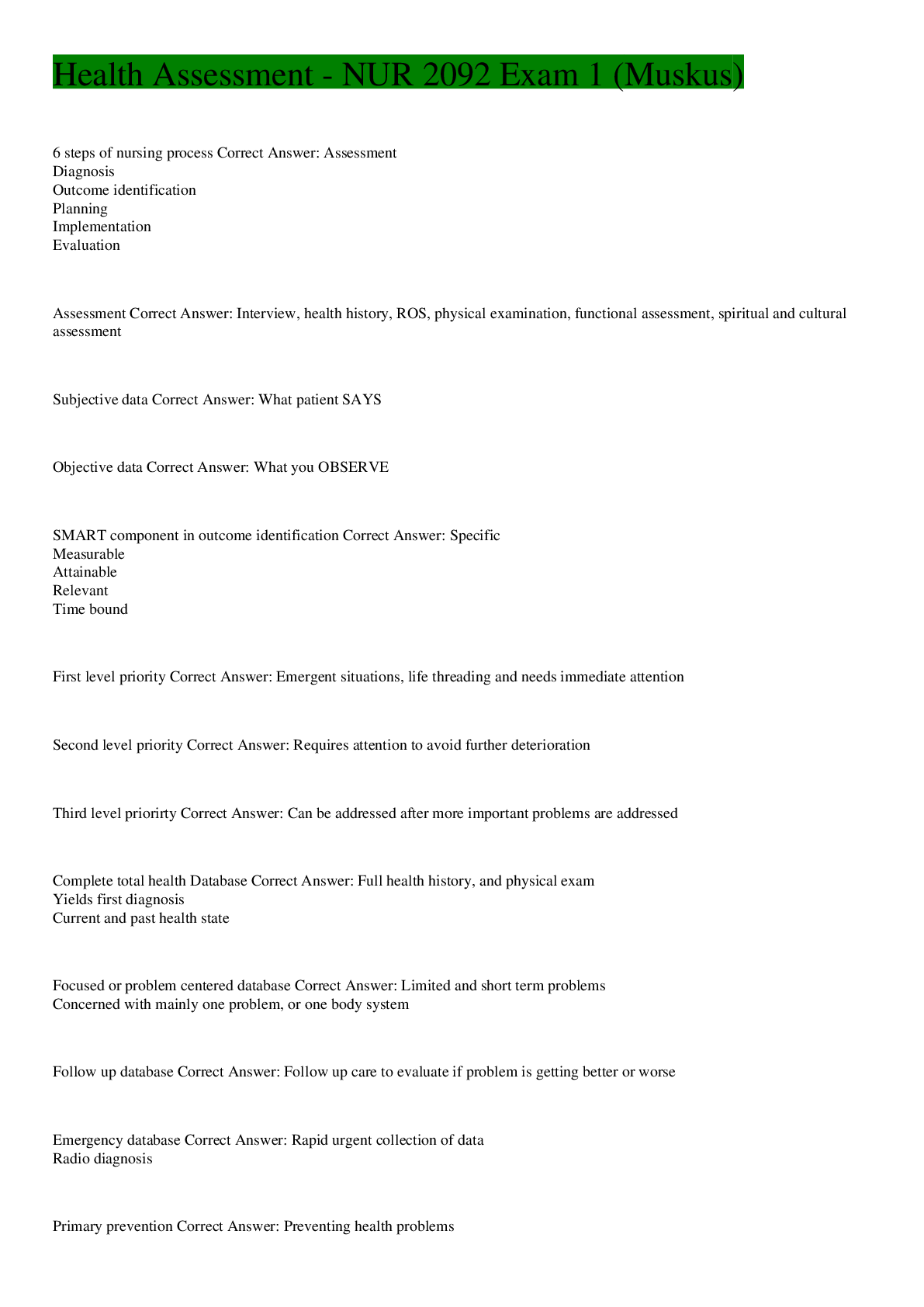

.png)

